According to National Assembly delegate Truong Xuan Cu, banning cars and motorbikes that pollute the environment is something that needs to be done immediately in Hanoi. However, it should also be accompanied by a policy to support people to switch from gasoline and diesel vehicles to electric vehicles.
The Hanoi People's Council has voted to pass a Resolution on regulations for implementing low emission zones in the capital.
The resolution sets out a roadmap for implementing low-emission zones divided into two phases. Phase 1, from 2025-2030, will pilot the establishment of a low-emission zone in an area in Hoan Kiem and Ba Dinh districts; localities are encouraged to establish low-emission zones.
From 2031 onwards, areas in the city that have one of the criteria for low emission zones must comply with the provisions of the resolution.
How will people living and working in low emission zones be supported to switch from fossil fuel-based transport to clean energy, zero-emission transport?
We look forward to receiving feedback from readers, managers, and research experts about practical experiences, lessons learned, and proposed new solutions to this pressing issue.
Speaking to VietNamNet reporter, National Assembly delegate Truong Xuan Cu (Hanoi delegation) supported the regulation of "low emission zones". "The air pollution situation in the capital has reached an alarming level. If we do not act immediately, the health of every Hanoian will be affected", delegate Cu said.
Delegate Truong Xuan Cu said that the first solution that Hanoi needs to implement is to check the quality of exhaust emissions from cars and motorbikes. According to the delegate, the authorities need to take measures to eliminate vehicles that do not meet emission quality standards. This should be accompanied by a policy of subsidizing electric motorbikes for the poor.
According to delegate Truong Xuan Cu, when the Hanoi People's Council passes a resolution to stipulate a "low emission zone", the city's functional agencies must be determined to implement it. In particular, the leaders of Hoan Kiem and Ba Dinh districts must organize forces to carefully study each area where gasoline and diesel cars and motorbikes are banned or restricted.
"If the city's leaders and departments are afraid of conflict and are not determined to implement the "low emission zone" regulations, air pollution and traffic congestion will become more and more serious," said delegate Truong Xuan Cu.
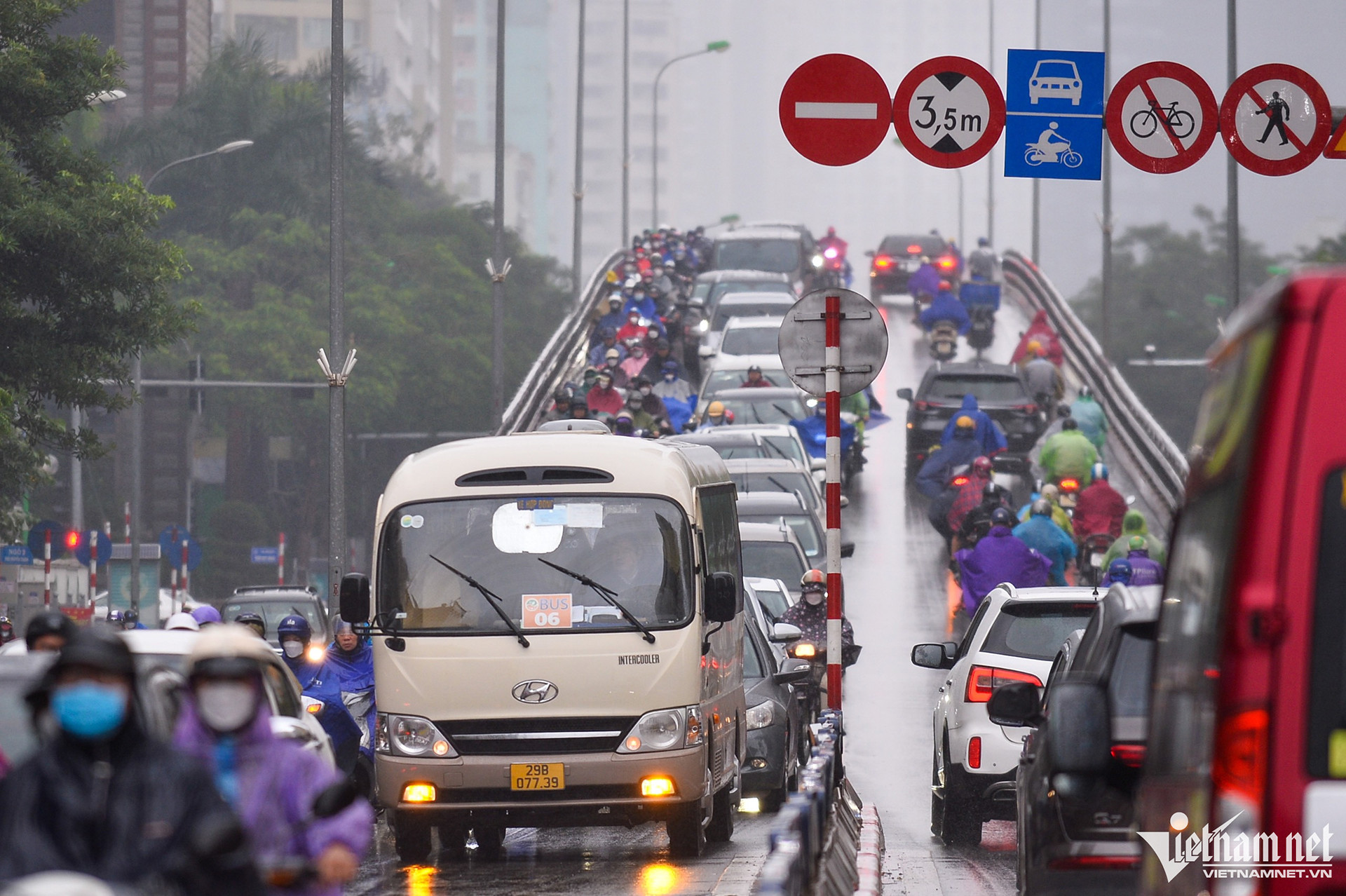
However, according to delegate Truong Xuan Cu, the simplest and easiest way to implement the "low emission zone" is for Hanoi to convert all buses, taxis and official vehicles to electric vehicles. Then consider banning or restricting personal cars and motorbikes running on gasoline and diesel from operating in the "low emission zone".
“The ban on polluting vehicles in Hanoi’s inner city cannot be delayed any longer. However, along with it, Hanoi must also issue policies that ensure humanity, such as supporting people, especially the poor and policy families, to switch from gasoline vehicles to electric vehicles,” Mr. Truong Xuan Cu added.
13th National Assembly delegate Bui Thi An supports Hanoi's pilot ban on polluting cars and motorbikes in some areas of Ba Dinh and Hoan Kiem districts. However, according to Ms. An, the pilot must not affect the daily lives of people in the "low emission zone".
Specifically, according to Ms. Bui Thi An, Hanoi needs to soon research travel solutions for people going to and from the area where the pilot ban on polluting vehicles will be implemented. “If gasoline-powered cars and motorbikes are banned, public transport must meet people’s travel needs. For workers, the city must also have a policy to support the purchase of electric vehicles,” Ms. Bui Thi An stated her opinion.
According to the assessment of the Ministry of Natural Resources and Environment, the level of air pollution has increased to an alarming level in the past 10 years, concentrated in large cities such as Hanoi. In particular, the main air pollution parameter today is fine dust with a size smaller than 2.5 micrometers (PM 2.5).
Hanoi Department of Natural Resources and Environment has pointed out 5 main sources of air pollution including: Road vehicles (including road dust), industry, residential areas, biomass burning and agriculture.
Director of the Hanoi Department of Natural Resources and Environment Le Thanh Nam said that the main source of on-site air pollution in Hanoi is road dust and road vehicles, accounting for about 58-74% depending on the time. Of the sources of emissions from vehicles, motorbikes account for the most, followed by taxis.
Mr. Nam said that as of August 2024, the city has more than 8 million road vehicles (nearly 1.13 million cars, more than 6.9 million motorbikes). “Motorbikes that have been used for more than 10 years account for 72.58%, increasing the level of toxic emissions into the air,” he said.
Readers who have comments and opinions on this issue can send them to email: [email protected]. Articles published on VietNamNet will receive royalties according to the editorial board's regulations. Sincerely thank you!
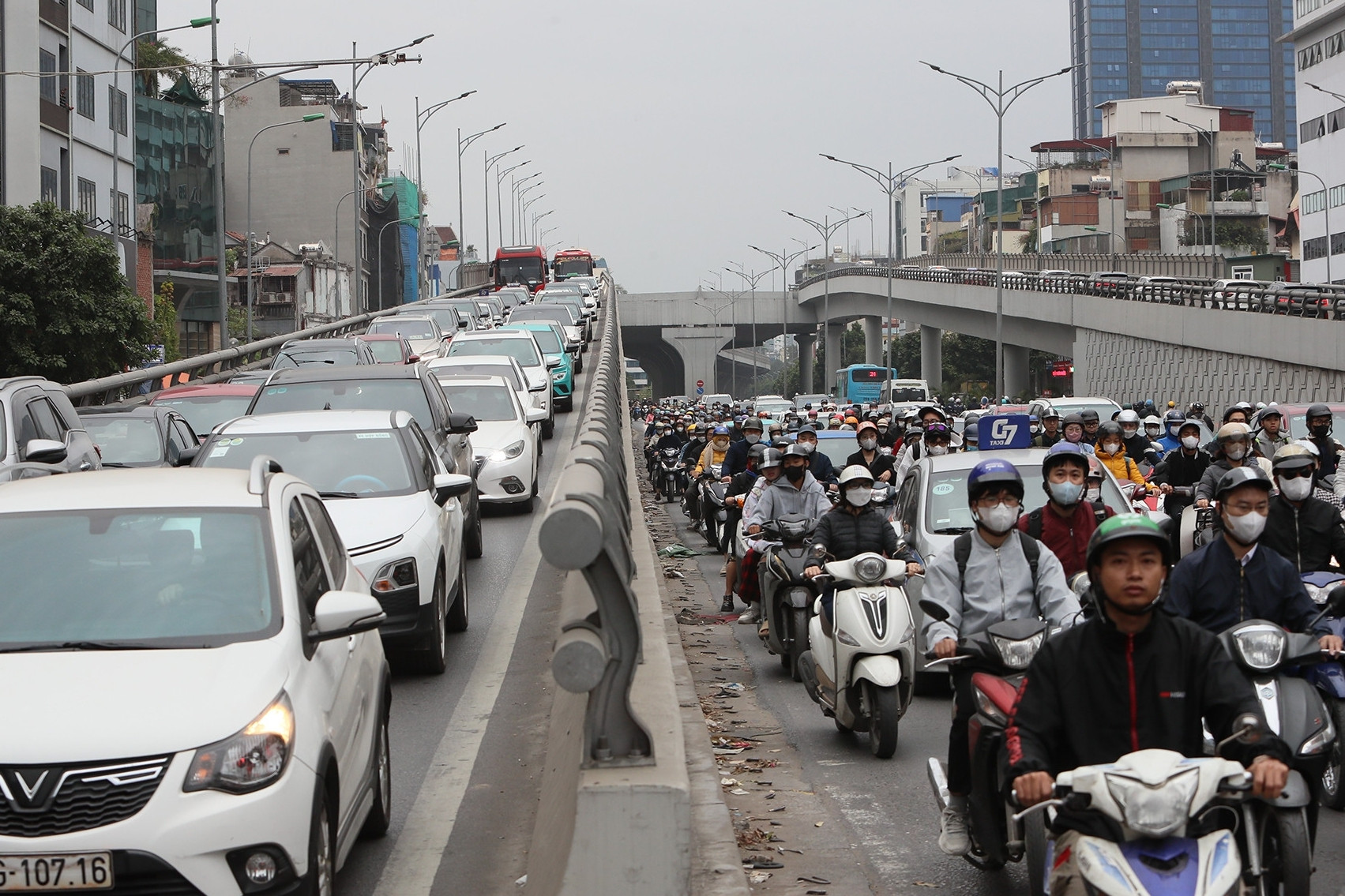
Restricting polluting vehicles in Ba Dinh and Hoan Kiem, people do not know how to travel?
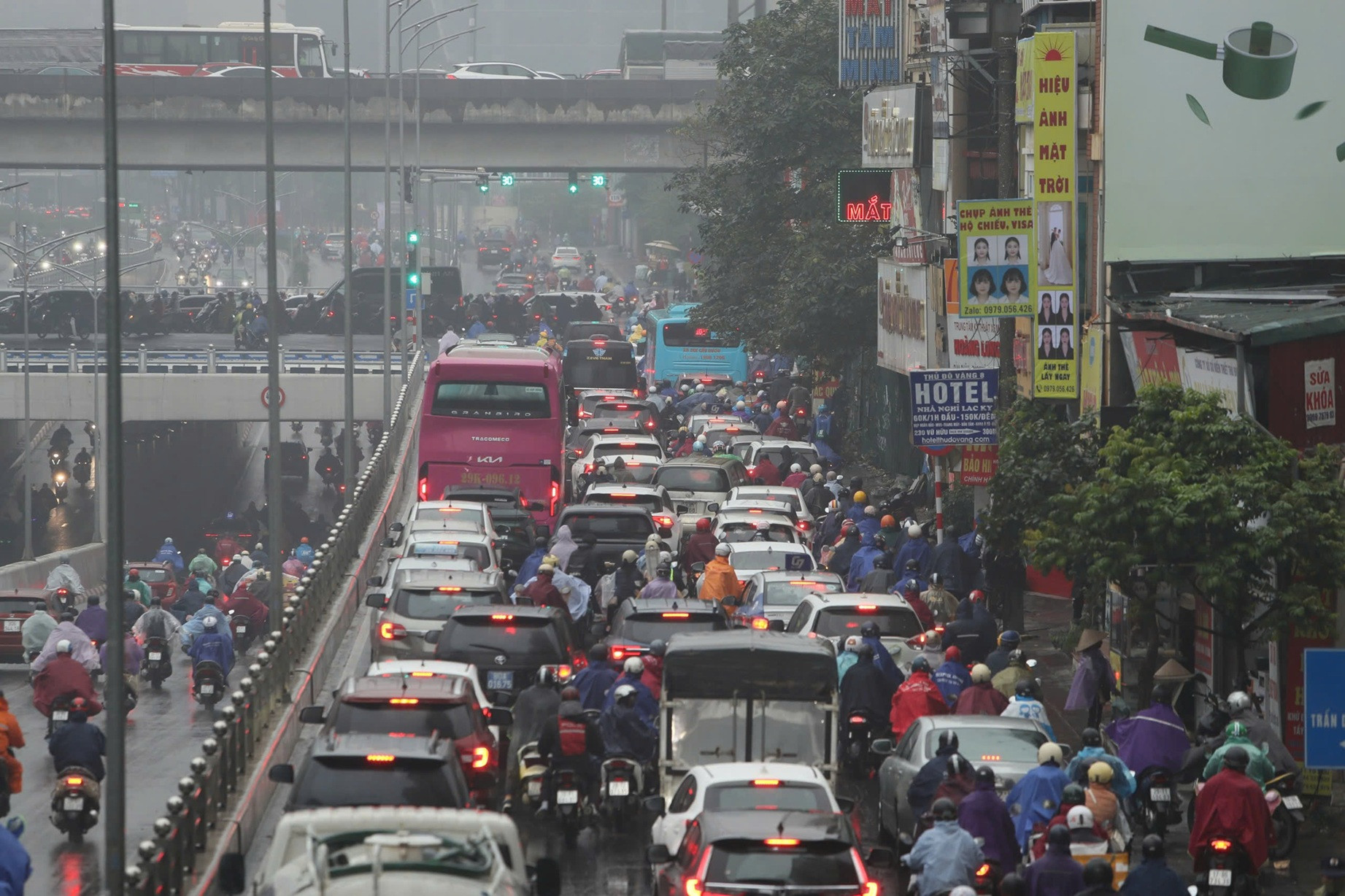
Hanoi streets are jammed under the drizzle at the beginning of a cold spell
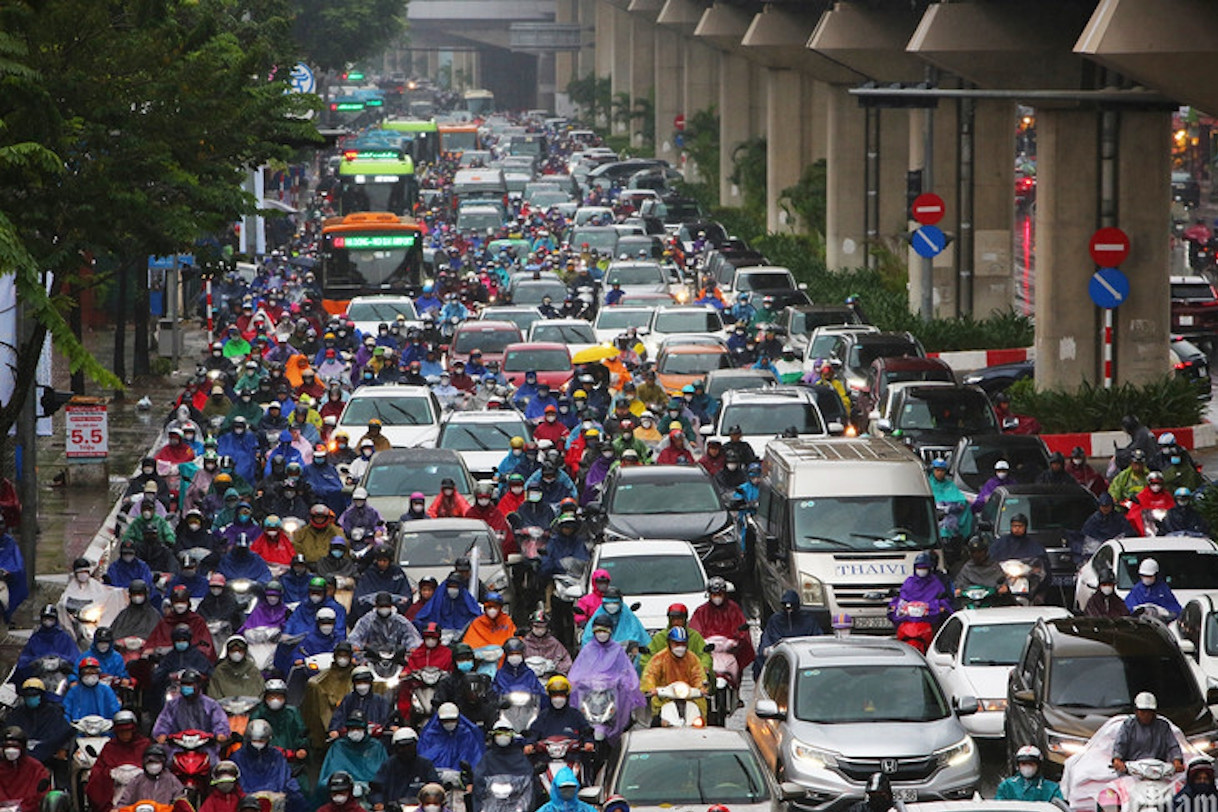
Traffic congestion in Hanoi is due to 'free-running' personal vehicles?
Source: https://vietnamnet.vn/ha-noi-cam-phuong-tien-gay-o-nhiem-viec-khong-the-cham-tre-can-tro-gia-xe-dien-2353116.html



![[Photo] General Secretary To Lam receives Japanese Ambassador to Vietnam Ito Naoki](https://vstatic.vietnam.vn/vietnam/resource/IMAGE/2025/4/3/3a5d233bc09d4928ac9bfed97674be98)
![[Photo] Prime Minister Pham Minh Chinh chairs meeting after US announces reciprocal tariffs](https://vstatic.vietnam.vn/vietnam/resource/IMAGE/2025/4/3/ee90a2786c0a45d7868de039cef4a712)
![[Photo] A brief moment of rest for the rescue force of the Vietnam People's Army](https://vstatic.vietnam.vn/vietnam/resource/IMAGE/2025/4/3/a2c91fa05dc04293a4b64cfd27ed4dbe)
![[Photo] Ho Chi Minh City speeds up sidewalk repair work before April 30 holiday](https://vstatic.vietnam.vn/vietnam/resource/IMAGE/2025/4/3/17f78833a36f4ba5a9bae215703da710)
![[Photo] Prime Minister Pham Minh Chinh chairs the first meeting of the Steering Committee on Regional and International Financial Centers](https://vstatic.vietnam.vn/vietnam/resource/IMAGE/2025/4/3/47dc687989d4479d95a1dce4466edd32)


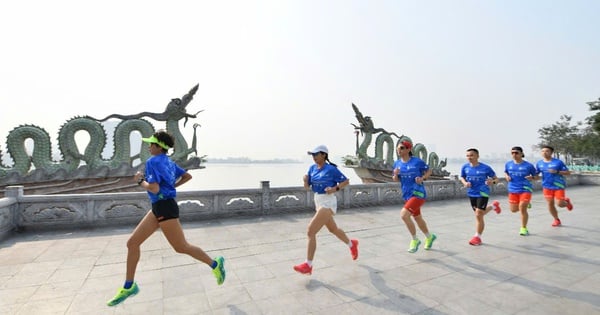




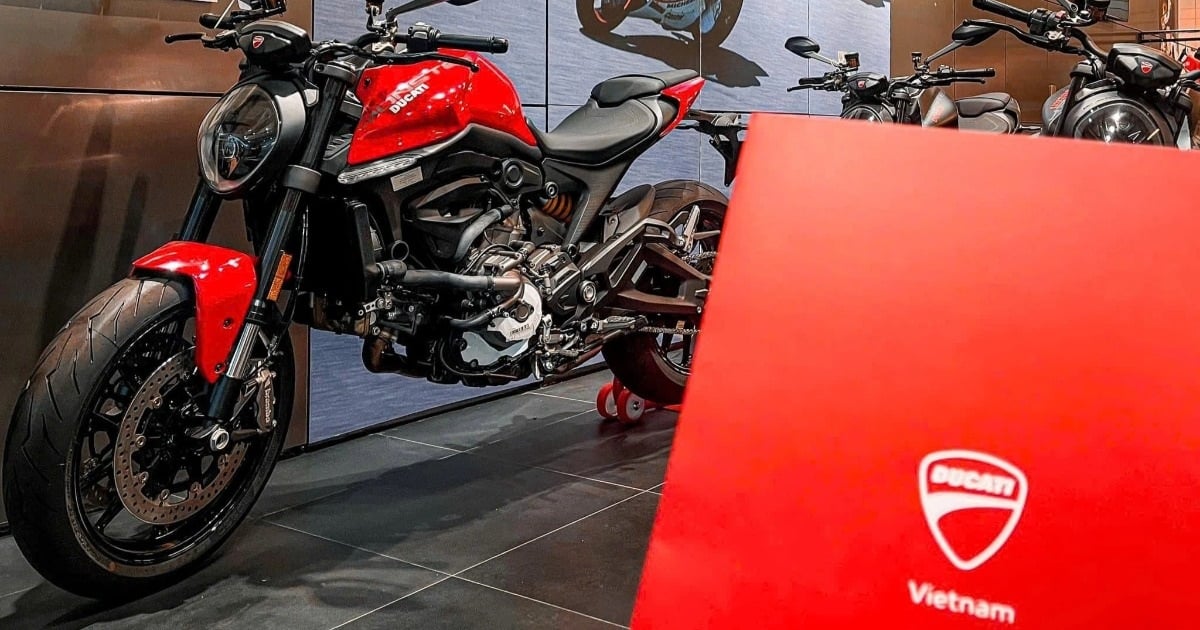

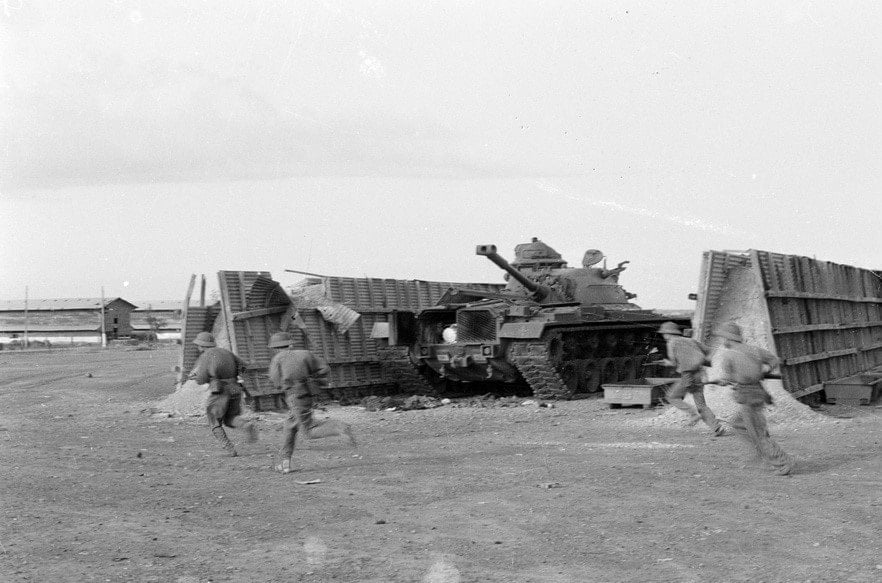
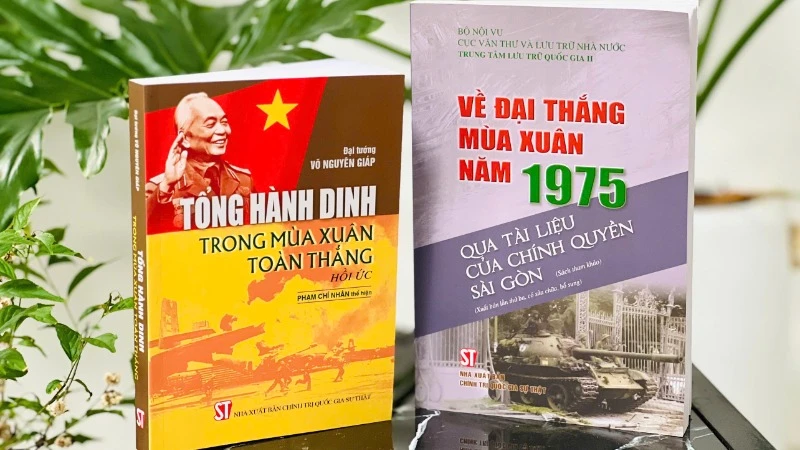


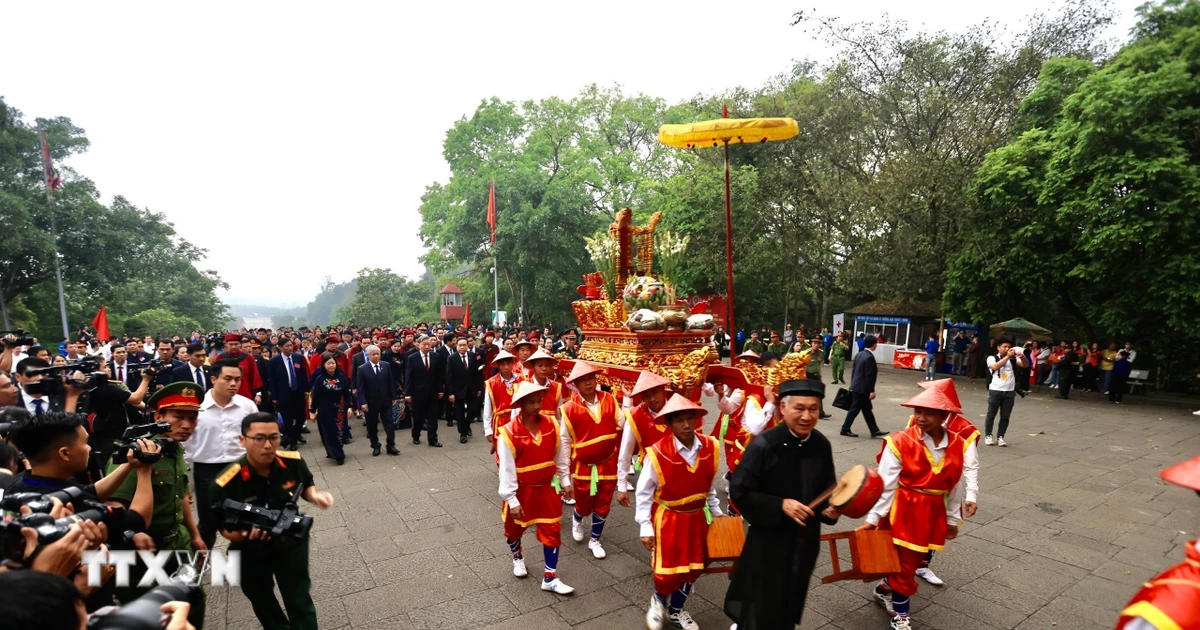
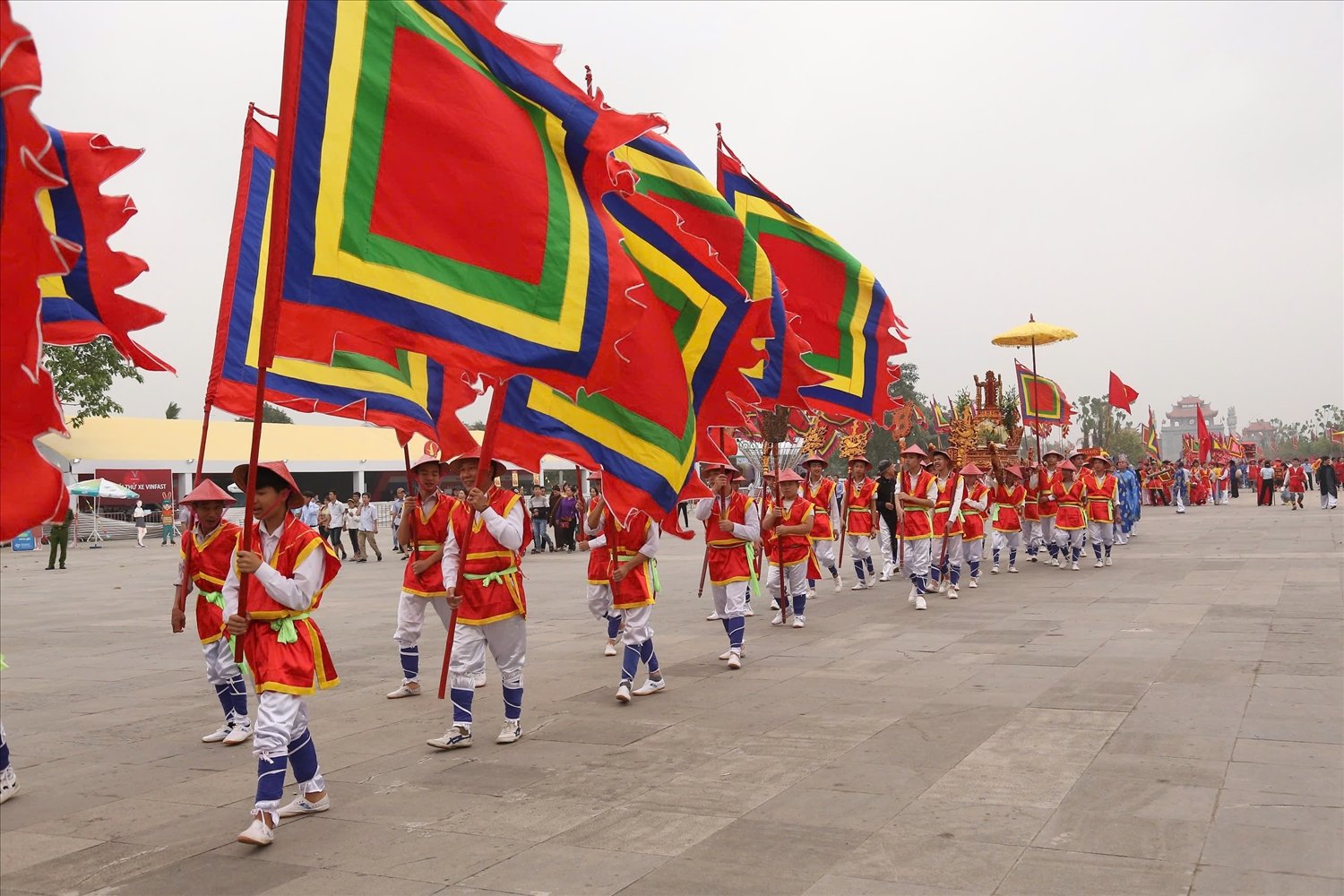








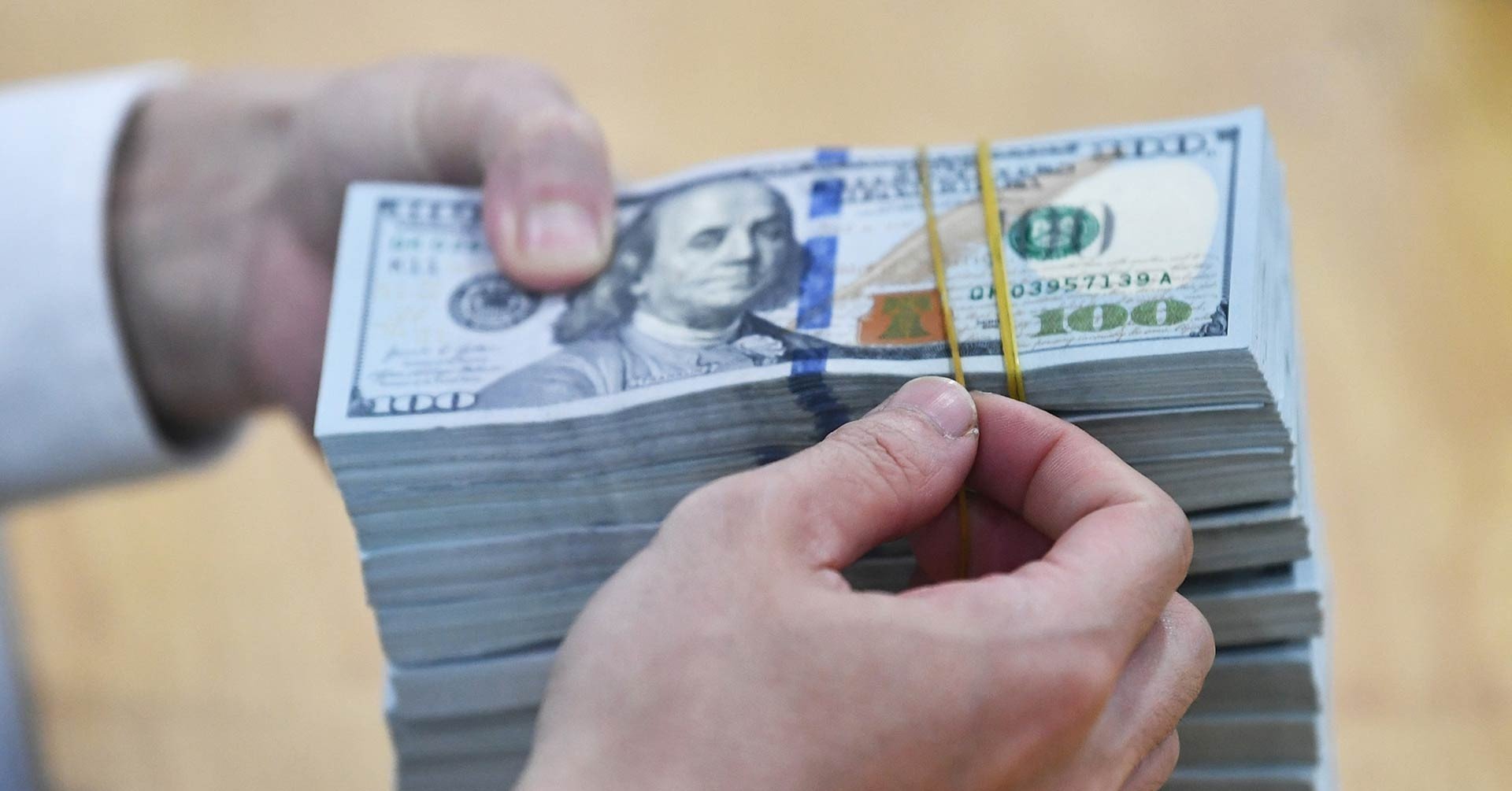
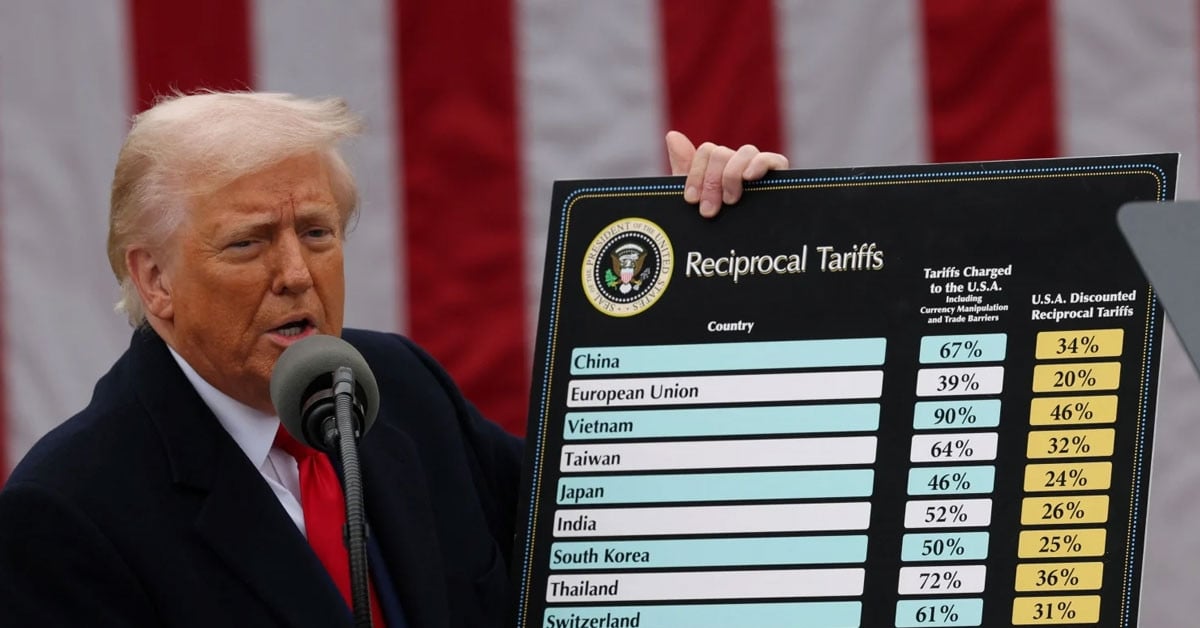


































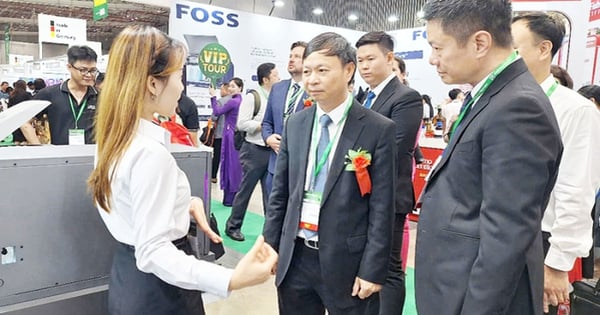

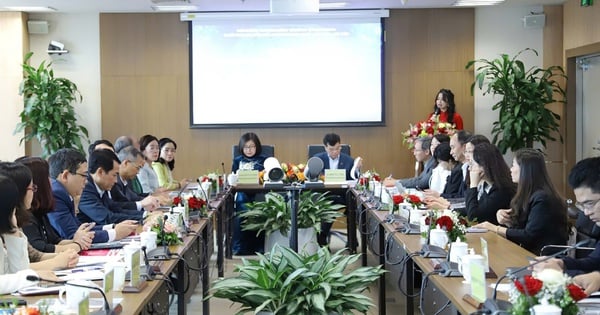
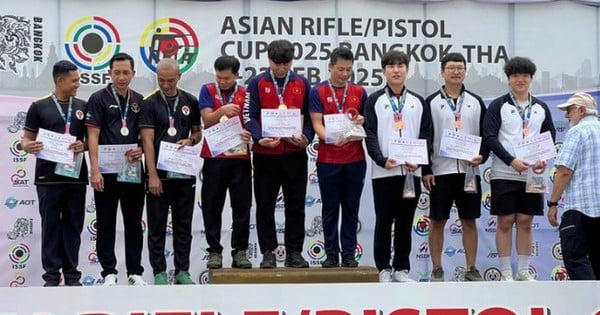




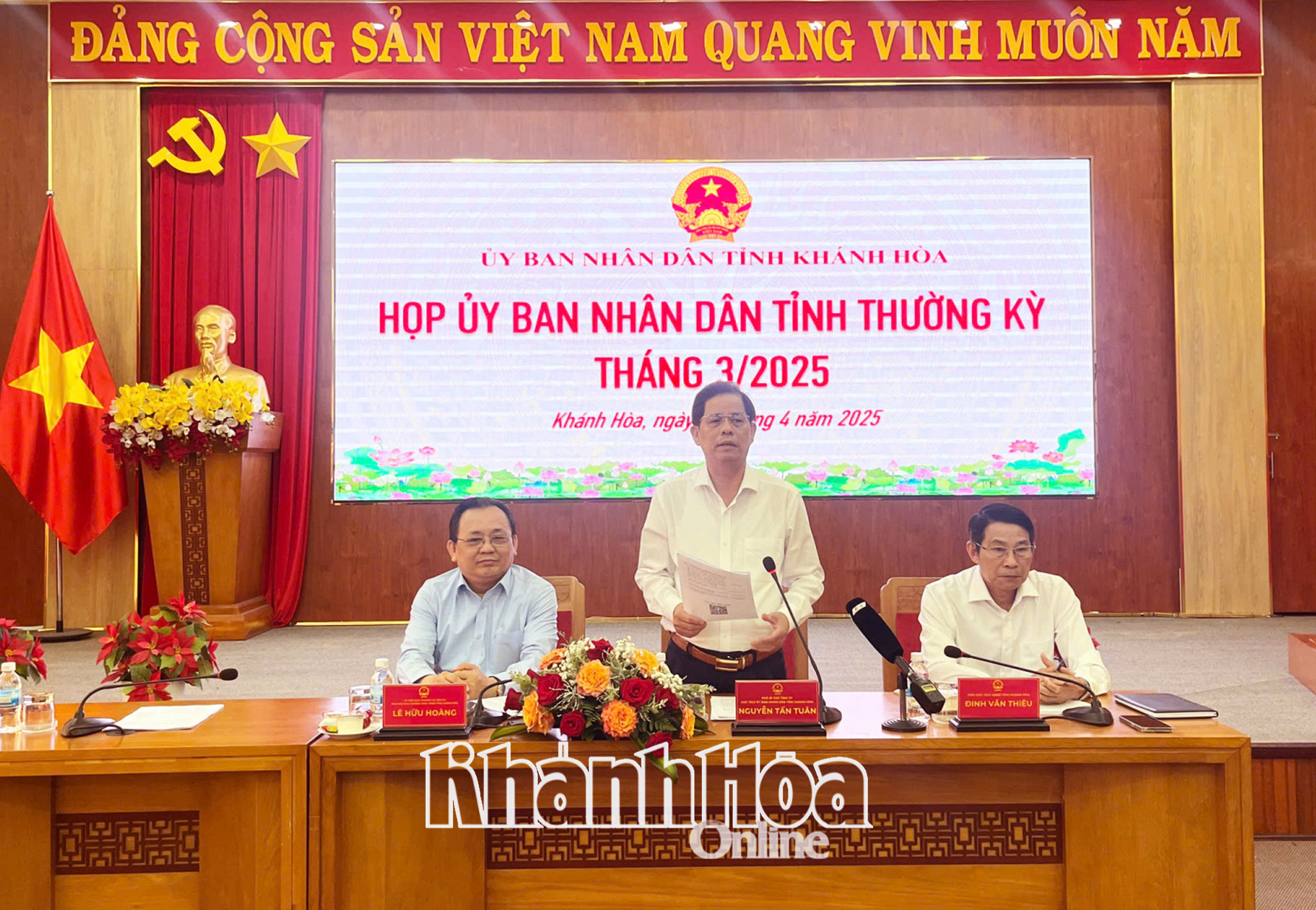
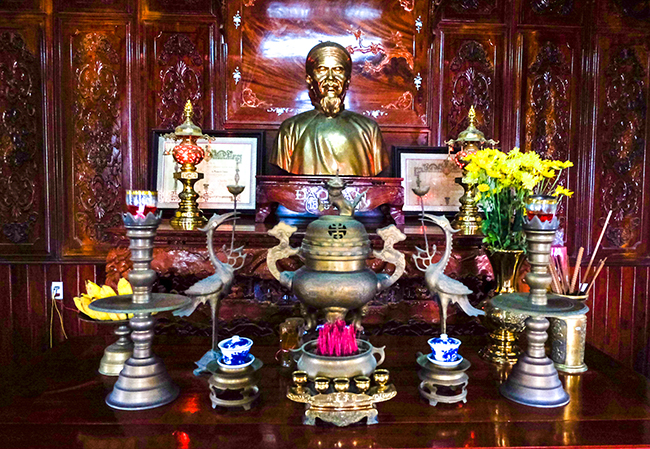
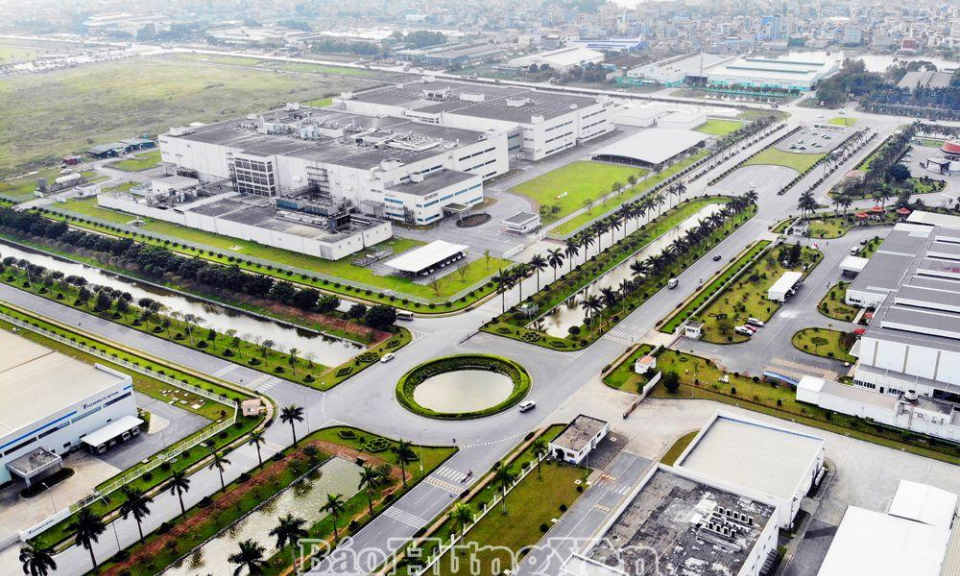
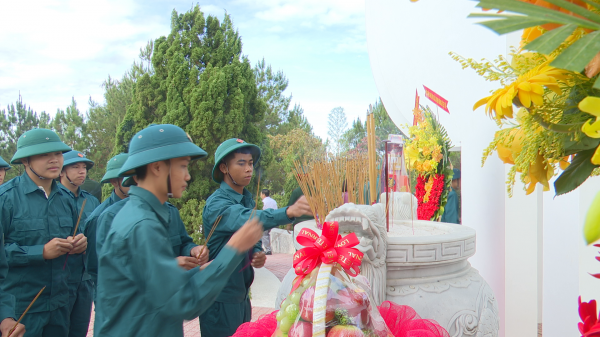












Comment (0)